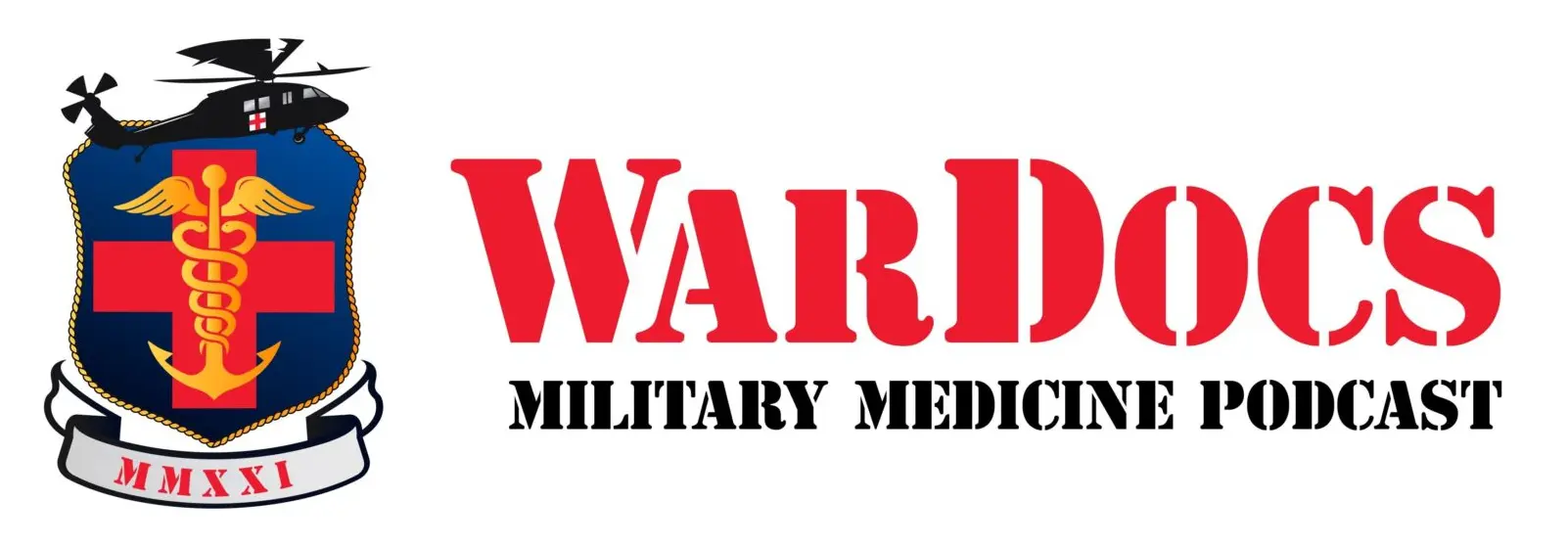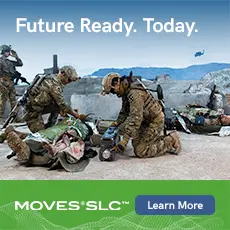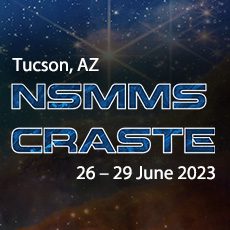GEN James Rainey
Commanding General
Army Futures Command
Austin, TX
FACILITATING TECHNOLOGICAL ENHANCEMENTTO SUPPORT TRANSFORMATIVE MODERNIZATION
General James E. Rainey is the commanding general of the United States Army Futures Command(AFC), a post he assumed in October of 2022. AFC is responsible for transforming the Army to ensure war-winning future readiness and is focused on three overarching priorities: prioritizing people, designing the Army of 2040,and delivering the Army of 2030. Rainey commissioned as an infantry officer in the Army upon graduating from Eastern Kentucky University in 1987. He has served in a variety of command and leadership positions, from platoon leader to division commander. His most recent roles include Deputy Chief of Staff, G-3/5/7, at Headquarters Department of the Army and Commanding General, U.S. Army Combined Arms Center and Fort Leavenworth, Kansas. Rainey holds masters’ degrees in Advanced Military Arts and Science and Public Administration from the School of Advanced Military Studies and Troy University, respectively.
Armor & Mobility had the opportunity to speak with General James Rainey, Commanding General, Army Futures Command (AFC), since his installment in October 2022, regarding the command’s focus heading into 2024 and beyond. With Army modernization a continuing transformative process helping to prepare the nation’s fighting force for future Multi- Domain Operations (MDO), AFC will remain a leading driver of readiness across the Joint Force.
A&M: What is Army Futures Command’s greatest responsibility and how does the organization achieve it?
GEN Rainey: Army Futures Command (AFC) is accountable for transforming the Army to ensure war-winning future readiness. Transformation is future readiness, which is what AFC is accountable for. Transformation matters. While modernization is important, it is only a component of transformation. Modernization gets you better equipment, but better equipment without leaders, without the ability to train on it effectively, without the right organization, without soldiers and noncommissioned officers that know how to employ it, it is not going to amount to much. Transformation is about adding war fighting capability inside of our formations, which is why AFC exists, but we cannot do it alone. It is a team effort across the Army. All aspects of the team must be excellent in terms of organization and execution to achieve success. We are the best Army in the world now, and that being true many years into the future is why Army Futures Command exists.
A&M: There has been an increased emphasis on – and discussion around – the Army’s work studying and preparing for the Future Operational Environment (FOE). What can you share about this effort?
GEN Rainey: The future operating environment is most important if you are trying to transform the Army. Trying to build the future Army without an understanding of the operating environment would be a fool’s errand. It is not only the enemy you have to consider, it is the pacing challenge, but also an estimate of what technology is going to be like 20 to 30 years from now. More importantly, what are the implications of that new technology on future warfare? You also must consider demographics, geopolitical implications, and urbanization. For example, we need a different kind of Army with different capabilities based on the clear trend that people are moving to cities. It is a holistic understanding of what we think that future operating environment will be like.
At the same time, predicting the future is hard, and we have a responsibility to predict the FOE as accurately as we can, so we can anticipate what we got wrong before our enemies do and adapt to it faster than they do. This is why the FOE is so important and why it is a major effort at Army Futures Command. The effort is a living document, running estimate, that adapts and keeps pace with the rapidly changing world we live in.
A&M: We understand the future operating environment will likely be characterized by rapid, high-tech, and dispersed warfare. In what other ways do you see future warfare changing?
GEN Rainey: We are in a period of rapid change; however, there are certain aspects of warfare that do not change. War is a contest of wills between human beings, meaning that people are always going to be the most important factor. That will never change. Land is also a decisive domain because it is where the cities are, where people live. All our capabilities as a joint force are dependent on the control of land. Even space starts and stops on land. So, a lot is not changing. Also, we are a values-based military and will abide by the law of armed conflict, which has significant implications on the future Army. That will not change.
What is changing is that we are at the most disruptive point when it comes to technology since at least before World War II. We are in a period of disruption in terms of scale and speed, and the battlefield is becoming more transparent. We will need to operate under continuous observation and contact, whether that is visual, electromagnetic, or with social media, which has significant implications. The enemy will also understand this and be able to observe us. Technology favors the defense because it is easier to integrate when you are not moving, meaning defenses are getting stronger while the offensive is becoming more difficult and costly because of technology. Technology is increasing the punishment of unskilled war fighters and untrained units, and simultaneously providing new opportunities for commanders who understand and master the implication of that technology.
A&M: What do you anticipate will be the Army’s greatest advantage moving forward?
GEN Rainey: The Army’s greatest advantage moving forward is the same as it is now—our people. The Army is an all-volunteer force, and our NCO Corps is a national treasure. Our leaders, both in terms of quality and quantity, that we put into our formations, as well as our commanders, the men and women who lead those formations, plus the amount of training and education they receive over time that transforms them into battalion and brigade and division commanders—that is all key when it comes to the Army’s greatest advantage. The second advantage is maneuver warfare. As you know, we do not participate in attrition warfare; we do not sacrifice men and women. Instead, we understand the art of all arms maneuver and practice it ruthlessly in our training. The combination of our people and the ability to maneuver, underpinned by ruthless training, make up the advantages we have now and moving forward.
A&M: What are the biggest challenges you see the Army facing in the years to come?
GEN Rainey: The biggest challenge is developing the ability to adapt and understanding that we will not always be able to predict the future accurately. Technology is changing at an unprecedented pace. Even if we make accurate predictions, so will some of our enemies, and furthermore, some enemies will change their behavior based on how we are adapting and changing. This means we must learn to adapt faster than our enemies do. Another challenge is endurance. We have a standing Army, and even with our best efforts to avoid attrition warfare, we still would have a tough fight when you are talking about conflict between superpowers. We will prevail, but we must anticipate conflicts will not be short. Everything from the individual soldier’s resiliency and the ability to endure the horror of war will test our endurance. So being able to adapt and keep up with the demands of warfare will be challenges moving forward.

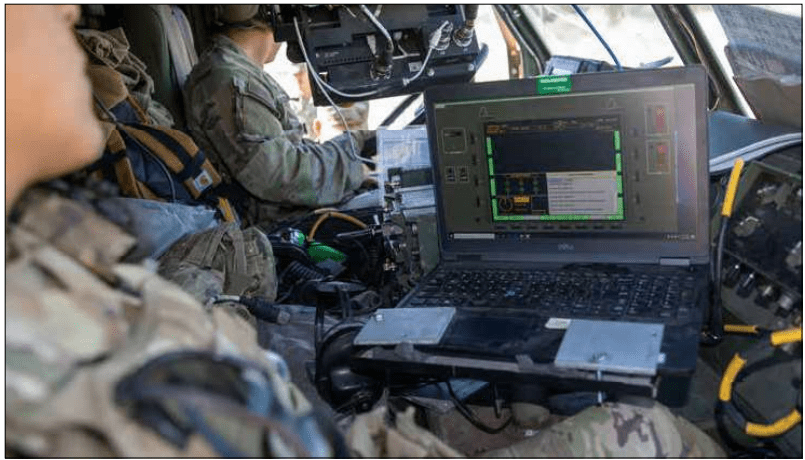
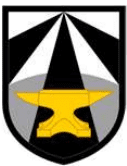
A&M: What are some updates you can offer on the Army’s efforts to design Army 2040?
GEN Rainey: While it is a little early to offer concrete updates, it begins with an Army warfighting concept. We have a good draft product of the concept and will spend time analyzing, experimenting, and adapting it. We will have a professional dialogue and put the draft concept through the rigor of professional discussions and outside consultation. Our hope is that we can share the first version of the new Army concept by the fall of 2024.
A&M: Project Convergence has been a major AFC effort the past few years. What has changed? What can we expect this year at CAPSTONE 4? And what is the way ahead for Project Convergence?
GEN Rainey: Project Convergence (PC) is one of the highest priorities of Army Futures Command. It centers around continuous learning and experimentation and is an Army-hosted, Joint endeavor. PC started as a once-a-year event, and we had successes with that format, but we have learned that it can be complicated. We spent a significant amount of time collecting data and analyzing what we learned and observed. We were spending about a year collecting data, then spending 90 days figuring out what we learned, which made it a tight turn. We also realized we could not afford to wait every 12 months to run an experiment, so we adapted Project Convergence into a persistent experimentation campaign.
We have also gone out to our Army component commands, our joint teammates in Europe and especially in the Indo-Pacific, where they are already doing major exercises that are funded and have forces laid against, in the actual theater where we would be fighting.
We have transitioned to about 10-12 events every year and are continuously learning and then spiraling up to execute a capstone event. We have created learning objectives, and the commanders have training objectives, with both being embedded in every major operation. So, we are not slowing down in terms of learning, but instead, accelerating in the amount of learning and committing to plan a capstone that has great learning objectives and is coordinated.
The next capstone will have two parts, with a joint focus, including an Army-focused ground warfare component. We will primarily focus on command and control warfighting functions, offensive and defen- sive fires, sustainment, and contested logistics. It will also focus on the harsh realities of ground warfare and what that will look like in the future, with things like human machine integration and joint forcible entry, and urban operations in mind.
Project Convergence will remain a persistent experimentation program, and we will continue operating it as a joint experiment, with multinational participators and observers.

